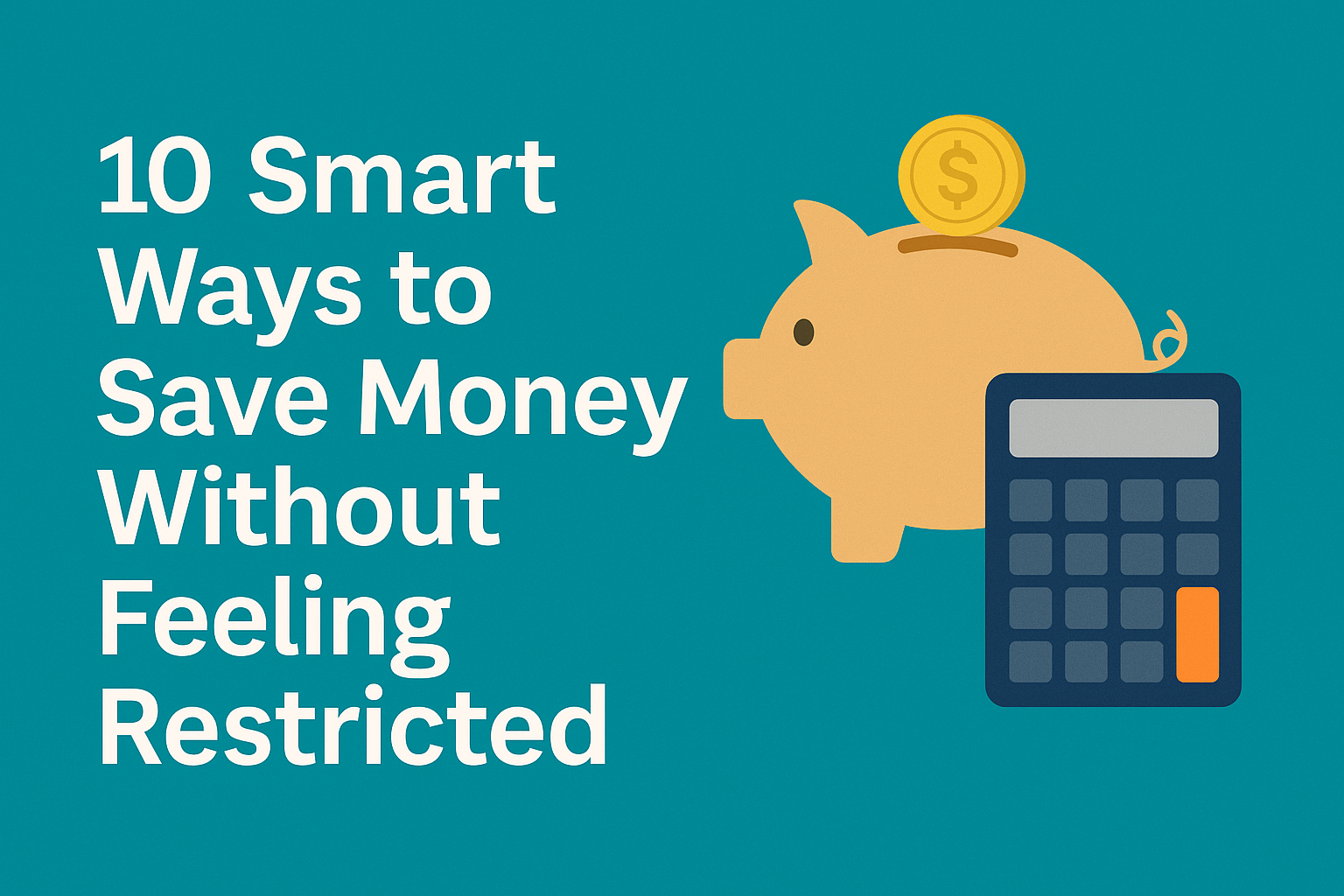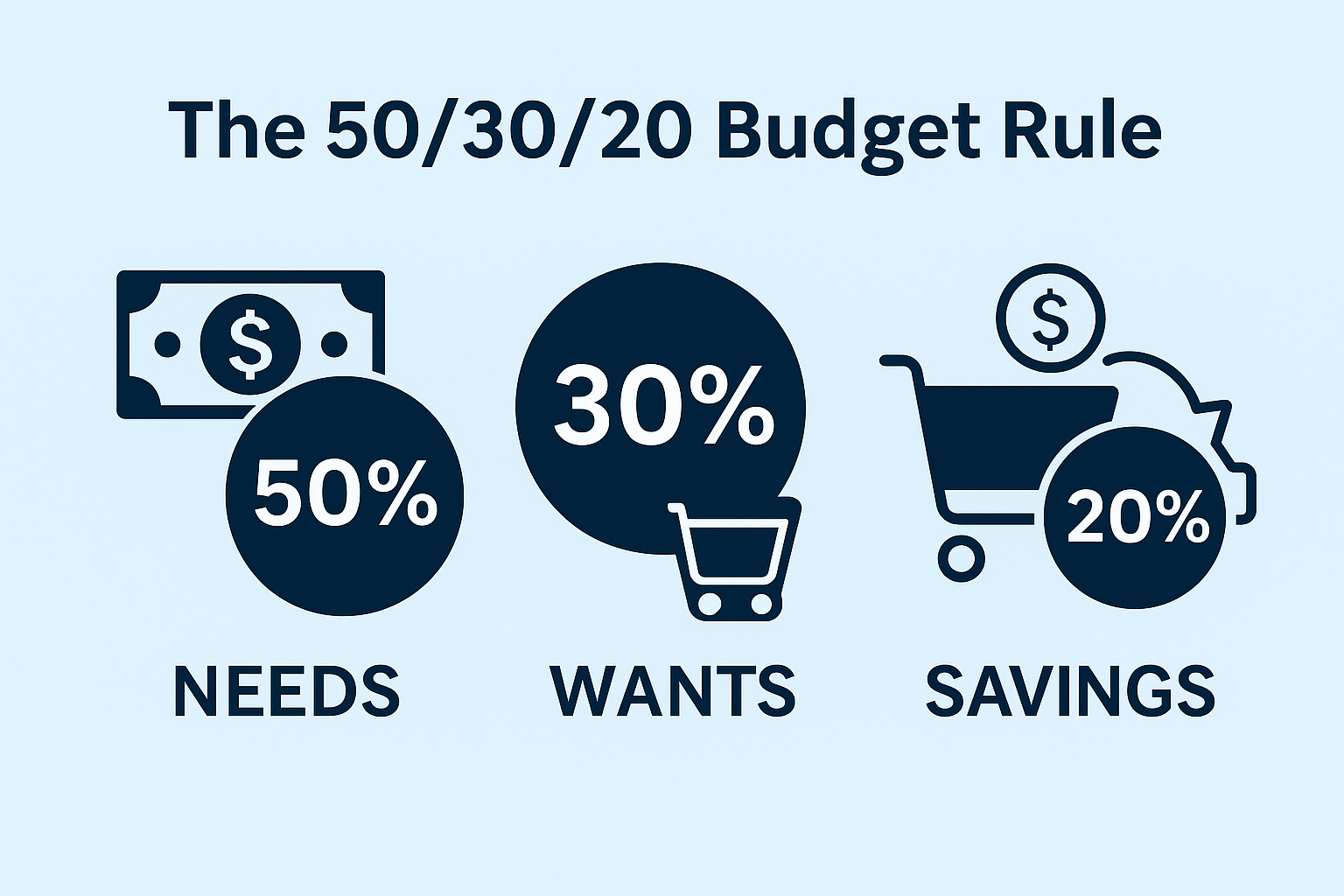Life is unpredictable — your finances shouldn’t be.
Whether it’s a medical bill, a car repair, or an unexpected job loss, an emergency fund is your first line of defense against financial chaos.
But how much money do you actually need?
The answer depends on your lifestyle, income stability, and how much risk you’re comfortable taking. Let’s break it all down step by step.
1. What Is an Emergency Fund (and Why It Matters)
An emergency fund is a cash reserve set aside for unexpected expenses — not vacations, not a new phone, but real financial emergencies.
It protects you from going into debt when life throws you a curveball.
Instead of swiping a credit card or taking out a high-interest loan, you have cash ready to cover the storm.
💡 Think of it as your personal financial safety net.
Without one, even a small emergency can spiral into long-term debt.
(Related: The 50/30/20 Budget Rule Explained for Beginners)
2. The 3–6 Month Rule (and When to Adjust It)
The classic advice says you should save 3 to 6 months’ worth of expenses.
That means:
If your monthly expenses are $2,000 → your emergency fund should be between $6,000 and $12,000.
But here’s the truth: one size doesn’t fit all.
💼 You may only need 3 months if:
- You have a stable job or dual-income household.
- Your living costs are predictable.
- You have easy access to credit as a backup.
⚠️ You may need 6–12 months if:
- You’re self-employed or work freelance.
- You support dependents or have medical costs.
- You live in a high-cost city like New York or San Francisco.
🧠 Pro tip: Start with one month of expenses as your first milestone — it’s motivating and realistic.
3. Where to Keep Your Emergency Fund
Your emergency money needs to be accessible but not tempting.
Ideal options include:
- High-Yield Savings Account (HYSA):
- 4–5% APY in 2025.
- FDIC insured and easy to withdraw.
- Great for short-term storage.
- Money Market Account:
- Slightly higher yield, with check-writing ability.
- Cash Management Account (like SoFi or Betterment):
- Hybrid accounts offering liquidity + yield.
⚠️ Avoid keeping it in stocks, crypto, or real estate — those can drop in value right when you need the money most.
(Related: Best High-Yield Savings Accounts in the U.S. (2025 Update))
4. How to Build It Step by Step
Building an emergency fund takes consistency, not perfection.
Here’s a simple 4-step system:
Step 1 → Calculate your monthly essentials.
Rent, food, utilities, insurance, transportation — only the basics.
Step 2 → Set an initial goal.
Start with $1,000, then grow it to 3 months, then 6.
Step 3 → Automate savings.
Set a recurring transfer each payday — even $50 a week adds up.
Step 4 → Treat it like a bill.
It’s not optional — it’s a financial priority.
💰 Example:
Saving $200 per month means you’ll have $2,400 in a year — your first real safety net.
5. When (and When Not) to Use It
Your emergency fund is not for every “unexpected” expense.
Use it only for:
- Job loss or sudden income drop
- Medical or dental emergencies
- Urgent car or home repairs
- Family emergencies or travel
Not for:
- Holidays or birthdays 🎉
- Sales, gadgets, or investments
- Paying off regular monthly bills
You can always rebuild your fund after using it — but protecting it should be your default.
6. Refill and Reassess Over Time
Your expenses today might not be the same in two years.
Recalculate your emergency fund once a year or after major life changes:
- New job or business
- Moving to a different city
- Marriage or kids
- Mortgage or car loan
As your responsibilities grow, so should your safety net.
📊 Quick tip: Keep it separate from your checking account — out of sight, out of mind.
Final Thought
An emergency fund isn’t about fear — it’s about freedom.
It gives you peace of mind to make choices from strength, not panic.
You can quit a toxic job, handle surprise bills, or sleep better knowing you’re covered.
Start small, stay consistent, and remember: security doesn’t come from luck — it comes from preparation.
(Also read: 10 Smart Ways to Save Money Without Feeling Restricted)


Pingback: How to Build Good Credit from Scratch